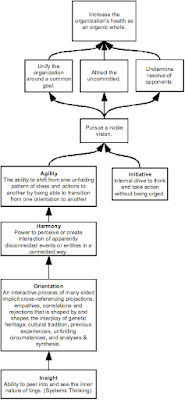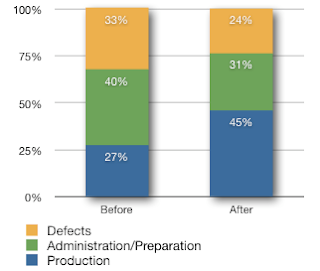Support the Agile Fringe
There is a bit of a controversy over the organization of the Agile 2009 conference. The conference will be organized in a number of functional areas . Unfortunately this may exclude talks about work on the agile fringe, work that pushes the limits of agile. David Anderson has written an open letter to the Agile 2009 organizers. There has been a lot of support. If you believe there should be a space for topics that do not neatly fit any functional domain, please support David's initiative by adding a comment to his letter. Here is the comment I attached to David Anderson's letter: Hi, I am not currently an Agile Alliance member, and though I would like to do so, I won't be able to attend the conference. Nevertheless, I would like to throw in my support on this one, for the following reason: Creativity is a necessary prerequisite for agility. The creative process consists of taking information from different domains, and recombining the information in new patterns. Agile it...







